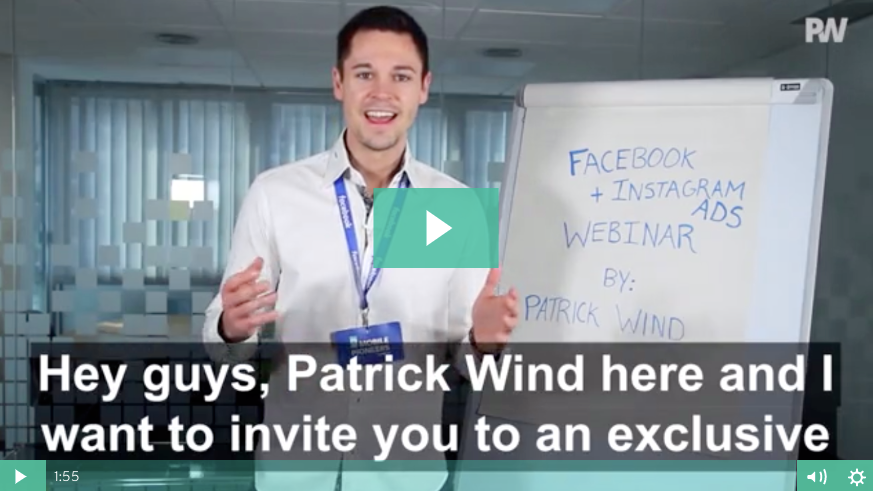Lead Generation with Facebook & Instagram vs Web & Landing Page 🧲

Most people tend to associate Facebook advertising with eCommerce, but the reality is that more than half of the businesses use Facebook and Instagram Ads for different purposes.
Their goal is not direct sales, but lead generation - getting data such as phone and/or email from interested people to contact them later through sales reps or integrate them into an email marketing funnel. There are two main ways to get leads:
1. Using a Facebook Lead Generation Campaign so prospects can leave their info in its highly customizable form without having to leave the Facebook or Instagram app.
Advantage: The cost per lead is usually very low and you can get many leads with relative ease. The key is that since users are already registered in the app, Facebook already has their contacts and when they click on the ad, important data such as email or phone number is already filled in so that the user does not have to do anything but press a button.
Disadvantage: The quality of the lead is not guaranteed and some people do not even remember what the ad was about or that they clicked on one because it happened too fast and it was too easy. This has a relatively simple solution since Facebook allows us to add customized questions that the user has to fill out. With this, we get the user to invest at least some mental energy in the action, which will allow us to filter out the bad quality leads that don't even fill in one question and also allow them to remember us when they are contacted.
2. Attract prospects to a web or Landing Page through conversion campaigns, which will allow Facebook's algorithm to optimize for this type of event.
Advantage: the quality of the lead is usually good. Someone who has clicked on the ad, has invested time to read the content of the web or Landing page and pressed "subscribe", is usually someone really interested in what is offered. Especially nowadays, when an extra second of loading a website can make us lose half of the potential leads.
Disadvantage: the price per lead can be high, and it is almost always higher than with the first method. The keys to lowering costs here are that our page loads at the speed of light, is super clean, clear, intuitive, with a pleasant design, and without too much text.
Facebook form with or without questions
Making a good form is much faster and cheaper than making a good website. As the introduction of questions can help to balance the disadvantages of this method, we propose some that will not only serve as a filter but will provoke relevant answers for us. The examples are very simplified and general. It would be necessary to adapt the copy to each case to make it look more elegant (X is what we offer):
Do you need the product/service X? - filter question. If the user doesn't answer even this, it's probably not a good lead.
What are you looking for? - allows us to know what the user really wants. When contacted by a sales rep, he/she will know exactly where to start the conversation
What features are you looking for in X? - very much in line with the previous question, allows us to know in more depth what interests the prospects.
When do you plan to make the purchase? - allows us to know on what point of the customer journey is the prospect. Obviously, we are not going to treat equally someone who wants something NOW and someone who simply wants information to decide later.
And this, dear readers, is the generation of leads in broad terms. If with this we can start collecting leads for our business, next week we will touch in more depth on how we can treat them once we have them.
Join FREE FB & IG Ads Webinar by Patrick Wind!
Learn the exact Bid Strategies, Audiences & Ads that Patrick has applied to over 120+ Brands to generate over €10,000,000 with their Facebook & Instagram Ads.


